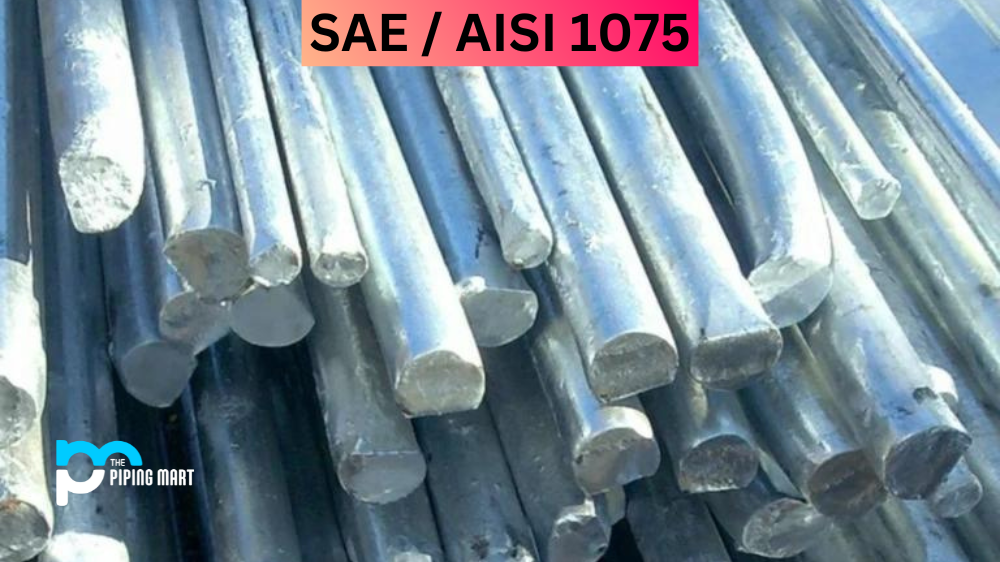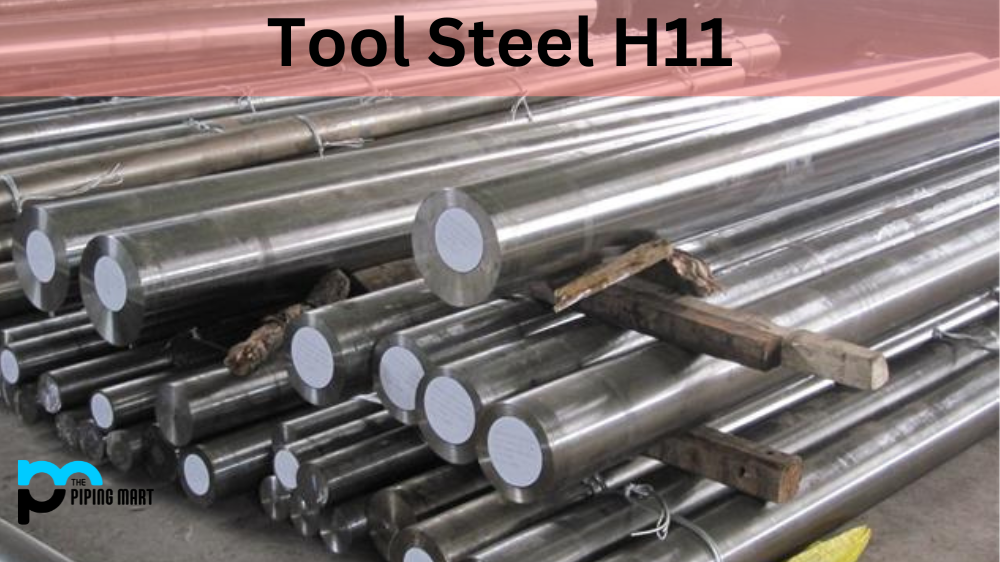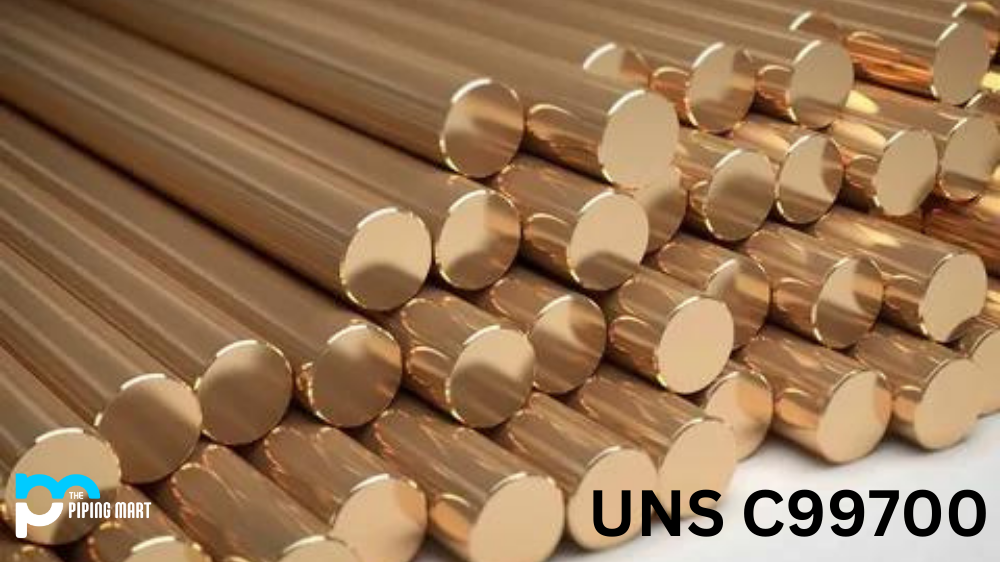AISI/SAE 1075 is a medium-carbon, high-carbon steel that has excellent weldability. This grade of steel is often used for making springs. In addition to its use in making springs, AISI / SAE 1075 is also frequently used for making knives, as it provides good wear resistance and can attain a very sharp edge. Let’s take a more in-depth look at the properties and uses of 1075 Carbon Steel.
AISI 1075 Composition
| Element | Content (%) |
|---|---|
| Iron, Fe | 98 |
| Carbon, C | 0.70-0.80 |
| Manganese, Mn | 0.40-0.70 |
| Sulfur, S | 0.05 (max) |
| Phosphorous, P | 0.04 (max) |
AISI 1075 Physical Properties
| Properties | Metric | Imperial |
|---|---|---|
| Density | 7.7-8.03 g/cm3 | 0.278- 0.290 lb/in3 |
| Melting point | 1515°C | 2760°F |
AISI 1075 Mechanical Properties
| Properties | Metric | Imperial |
|---|---|---|
| Elastic modulus | 190-210 GPa | 27557-30458 ksi |
| Poisson’s ratio | 0.27-0.30 | 0.27-0.30 |
AISI 1075 Equivalents
- ASTM A29 (1075)
- ASTM A510 (1075)
- ASTM A713 (1075)
- SAE J403 (1075)
- SAE J412 (1075)
AISI 1075 Uses
Due to its good weldability and wear resistance, UNS G10750 is frequently used for making springs. It is also a popular choice for making knives, as it can attain a very sharp edge. Other common uses for this grade of steel include:
- Rope
- Chains
- Cutting tools
- Punches
Properties
Grade 1075 has the following properties:
- Good weldability
- Excellent wear resistance
- Good machinability
- High carbon content
- It can attain a very sharp edge
Heat Resistance
With its outstanding heat resistance, Alloy 1075 steel is the perfect alloy steel for many industrial applications. It has a homogenous microstructure and exhibits impressive hardness when quenched, making it especially suitable for pressurized components operating at high temperatures. The strength and workability of this steel depend on its carbon content; higher content makes it more difficult to work with but increases its wear resistance. This alloy steel is often used in the manufacture of hand tools, axles, forging presses, springs, and saw blades – among other uses that require high levels of heat and pressure resistance over extended periods of time.
Machining
Machining 1075 steel is a breeze if you know the right techniques. This type of steel is known for its high carbon content and ability to harden, making it great for making knives, swords and other tools. To get the most out of machining SAE / AISI 1075 steel, take note of its low red hardness; as such, it’s best to keep cutting speeds on the lower end so that heat build-up isn’t an issue. Using sharp tooling with plenty of lubricant or coolant is also recommended for high-precision cuts. Ultimately, the correct approach when machining SAE / AISI 1075 steel ensures maximum efficiency and comes away with a finished product that meets your expectations every time.
Corrosion Resistance
AISI/SAE 1075 is a quality carbon steel that offers excellent corrosion resistance. It has heat-treating capabilities and is reconfigurable, allowing it to be moulded into a variety of shapes and forms. Its versatility makes it ideal for applications that need superior protection from the elements, such as bridges and secondhand cranes. With its high carbon content, AISI/SAE 1075 also has strong wear properties that are resistant to both abrasion and shock loads. Its toughness and malleability give it an edge over other steels in many industrial applications.
Conclusion
AISI / SAE 1075 is a medium to high-carbon steel that has excellent weldability. This grade of steel is often used in the making of springs and knives due to its good wear resistance and ability to attain a sharp edge. If you are looking for steel that has good weldability and machinability, as well as high carbon content, then AISI / SAE 1075 might be the right choice for your next project.

Pipingmart is a B2B portal that specializes in metal, industrial and piping items. Additionally, we share the latest information and information about materials, products and various types of grades to assist businesses that are involved in this business.




